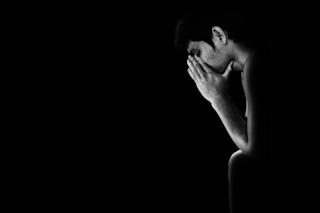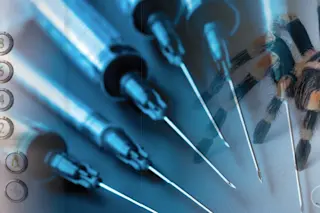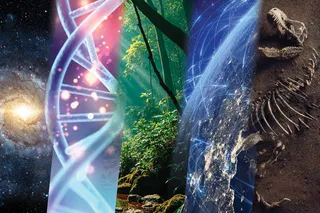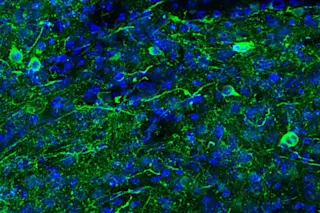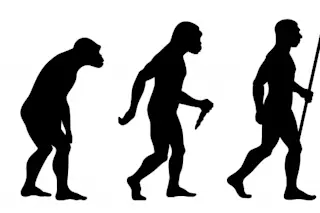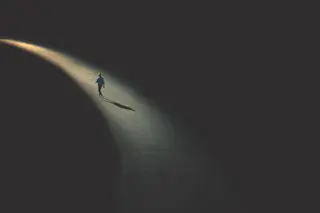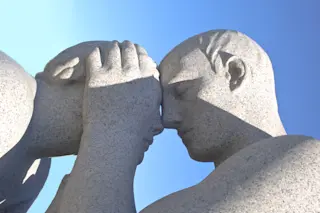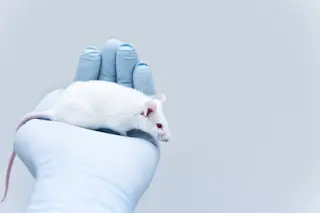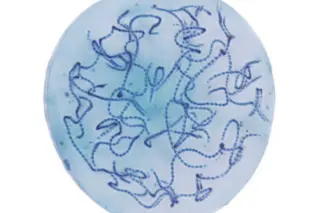Less than a year before Watson and Crick’s paper, "A Structure for Deoxyribose Nucleic Acid," was published in Nature, 60 years ago today, Rosalind Franklin sent around a hand-lettered obituary:
Obituary for the helix. Wellcome Library. Led astray by her own evidence, she had missed, just barely, making the greatest discovery in the history of biology: the coiled, interlaced structure that explained with such clarity the working of the gene. "The secret of life," Crick called it. Gosling, the other signatory, was Franklin’s assistant at King's College in London, and Wilkins was her boss and bête noire. “Besselised” refers to Bessel functions, a mathematical tool used to analyze the photographic images she so expertly produced of DNA. But the most significant word in her mocking postcard was the one in parentheses: crystalline. Several months earlier, having mastered better than anyone a technique called x-ray crystallography, she had taken the clearest ...



